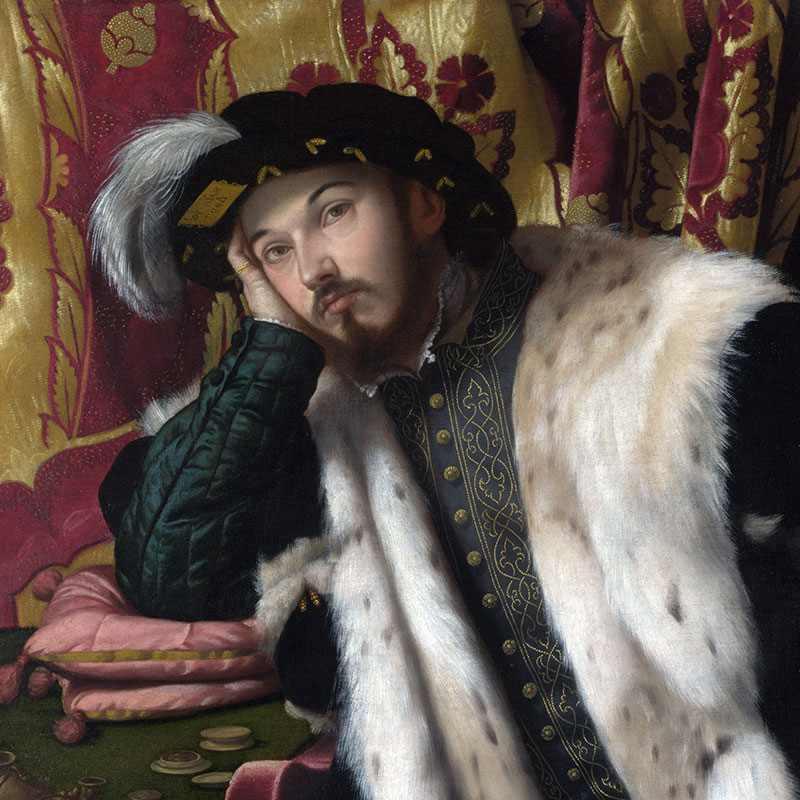Research
The BIVIUM project moves along three main directions: 1) an innovative section on the sociability of doubt and its visual representation; 2) a systematic analysis of religious doubt in the age of Reformation based on traditionally overlooked sources; 3) a section on natural philosophy in the vernacular and doubt. The BIVIUM project situates itself at the intersection between the new wave of studies on Renaissance intellectual history and the increasing interest in doubt and scepticism. The novelty of its methodological approach will make the BIVIUM project a useful template for similar research on other European areas.
WHY ITALY?
It is hard to overestimate the role of Italy in the Renaissance. Even after Italy lost its ‘freedom’ (1494), it still played for decades a leading role in European art and culture. Precisely because many, if not all the major events in European history from the end of the fifteenth century until the mid-sixteenth century directly affected Italy, it is most likely that doubt played a more important role than everywhere else. The extraordinary diffusion of the printing press made books and news readily available to a large readership; the increasing role of the vernacular allowed also people of low literacy to access a wealth of information. Networks of sociability such as courts, academies, confraternities, conventicles, bus also shops and apothecaries fostered discussion on a variety of topics, thus contributing to the multiplication of possible points of view on contemporary events. War was an everyday experience for many Italians for decades; the Reformation quickly spread and so did new religious orders and new forms of devotion. People trained at the most advanced humanistic school applied philological analysis to the Scripture, and eventually undermined most of Christian dogma. Their ideas trickled down to the less learned through intermediaries and wandering preachers. Apocalyptic expectations accompanied by miracles, prodigies, signs, and the extraordinary phenomenon of the so-called ‘living saints’ spread among the populace. It is thus unsurprising that doubt was a common state of mind and that a multifarious (although not systematic) reflection on it emerged. This project chases the emergences of doubt in all its possible aspects and meanings in the first decades of the sixteenth century.
HOW?
The novelty of this project lies in adopting a previously unexplored perspective on doubt as both a tool of intellectual inquiry and as an everyday practice in the Italian Renaissance. BIVIUM addresses three main objects:
- Doubt as an everyday and social experience. I study how the representations of doubt permeated the visual and mental landscape of Renaissance men and women. I reconstruct the iconography of doubt and explore how doubt became part of sociability in games and discussions performed within Academies (such as the ‘Accademia dei Dubbiosi’).
- Networks and practices of doubt in an age of religious divide. I will investigate: a) reformed circles of doubters: I set the experience of some radical doubters in its social and cultural every-day context; b) catholic practices of doubt and the print market, focussing on b.1) pamphlets addressing doubts in matter of faith, including reprints of medieval texts; b.2) manuals for confessors which, although subsequent to my timeframe, collect doubts in matters of faith while also providing conceptual definitions of doubt and of related notions (ambiguity, perplexity, etc.).
- Rhetoric, philosophy, and natural philosophy. Philosophical and scientific knowledge was made accessible to a wide audience through vernacular works that sometimes carried the word ‘doubt(s)’ on the frontispiece. Especially in the Paduan environment a rich discussion on doubt (what is doubt? What are its consequences? Is it important to us and why?) flourished. The works of a series of authors involved in the Academy of the Infiammati prove an invaluable tool to understand what doubt meant in the central decades of the century.
WHAT’S NEW?
The innovative aspects of BIVIUM are:
1) Periodization: the timeframe 1500-1560 reshaped Italian and European history. Dramatic changes in religious and political contexts led to considering doubt as a primary tool of intellectual inquiry. I will explore whether and to what extent the roots of European sceptical philosophy (Montaigne to Descartes) can be traced back to the Italian reflection on doubt;
2) Novelty of the approach: scholarship has traditionally focused on learned works addressing a public of erudite readers. My project:
a) reverses this top-down perspective, exploring little-known works in the vernacular aimed to reach the large public;
b) does not select case studies, but explores doubt systematically;
3) New primary sources: I extend my analysis to a wider corpus of works and literary genres as well as unpublished archival records. BIVIUM oversteps traditional disciplinary boundaries and conceptual categories. It also considers women as agents of and the public for debates on faith and reason and their limits. Through a thorough analysis of manuscript (especially Inquisitorial trials) and printed sources (with special attention to dedication letters), I will reconstruct the neglected agency of women in this field.

Alessandro Bonvicino (il Moretto),
Portrait of Fortunato Martinengo Cesaresco,
(London, National Gallery).
Fortunato Martinengo was the founder of the Accademia dei Dubbiosi (Academy of the Doubtful)
